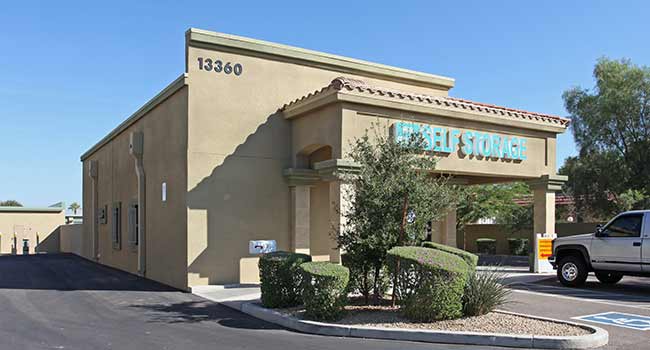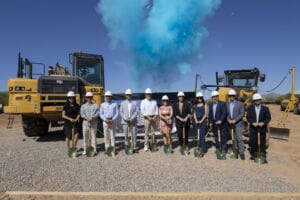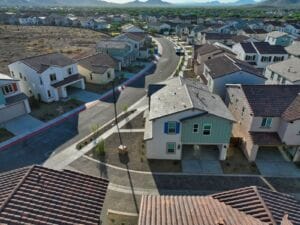Its stability and reliability since the Great Recession has made the self-storage market popular among developers and buyers in Arizona.
There are approximately 950 self-storage facilities in the state, according to the Arizona Self-Storage Association, with about 500 in the Valley alone, and over 50 in the development pipeline.
Dave King, vice president of self-storage at Wentworth Property Company, said lower cost of land and the ease of getting into markets that have good demographics has made Arizona’s self-storage market appealing.
“We grow out while other cities grow up,” King said, noting that Arizona’s population has also grown in recent years. In 2016, Maricopa County added more people to its population than any other county in the nation.
King said that many developers have been “chasing rooftops,” by building self-storage developments in areas that have seen the growth in population and development.
Chandler, Goodyear and Peoria have been seeing much of the activity, King noted.
King roughly estimated that the per capita demand is five square feet per person, or about one in ten people have a storage unit.
The lower expense ratios self-storage facilities have been appealing to many developers too, King said, noting a 35 to 45 percent gross revenue in expenses for a facility.
There’s also less risk associated with self-storage facilities, with tenants renting on a month to month business, he mentioned.
“[And] when they move out we sweep out the unit and move someone else back in,” he said.
Rents have been raising too, King said, with an annual increase reaching approximately three to five percent.
Paul Boyle, a broker at the real estate firm Cushman & Wakefield, said the self-storage business has outperformed in terms of returns for investors.
“Business wise, compared to the other sectors it is not as costly to build self-storage compared to the other commercial properties,” he said.
Denise Nunez, senior vice president at NAI Horizon, sees some challenges on the horizon for the market.
“Some challenges for new developers are rising interest rates,” she said. The cost of land, zoning and tougher municipalities are other obstacles in the market, she notes.
Nunez said that after the recession, five years passed without having anything built. Thus, there was a pent-up demand after the economic downturn.
As the economy started to turn around, supply and demand has been out of sync in the self-storage market, Nunez said.
The self-storage industry is primarily recession-resistant, she said. However, “what really hurt this last recession was the length of the recession.”
Activity began to pick up after 2013, Nunez said. In fact, 2014 was her best year in terms of the number of self-storage sales, selling 20 facilities.
Experts predict the self-storage market will continue to be popular.
“Overall things will continue to be active and I’m seeing more optimism than pessimism in the market,” Boyle states.




